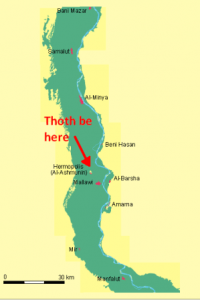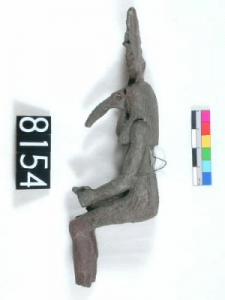Spring Invocation 1: Birds
By Edmund Connolly, on 28 March 2013
Given that we are enduring a slightly tepid spring, I figured it’d be nice to pretend we are in the middle of the whirl of new life, joy and bouncing lambs that spring promises to bring. In this series of 5 blogs I am going to attempt to dust the cobwebs off my English degree[1] and evoke sounds, smells, tastes, touch and sights of what spring should be, mixed with an Ancient Egyptian garnish, just because, right now, the thought of 25+ degrees is the only thing keeping me from embracing this eternal winter and bunkering down to a Game of Thrones type existence.
The Birds
The quintessential soundscape to spring is the merry twittering of birds, in England most commonly feature the blue tit, great tit or chaffinch.
Things would be a little more squawky and water based in the toasty warm Nile delta of the Late Period. Birds such as flamingos, vultures and ibises cavort in the waters of the Nile, uttering their shrill cries. Of the foremost, for me, the most resplendent and noteworthy is the ibis[2], a member of the wading bird family, with a host of different species within the Threskiornis family[3].
So important was this bird to the Ancient Egyptians killing a specimen would result in capital punishment (Herodotus, II; 65), this self-same reverence is reflected in the modern name: African Sacred Ibis, distinct for its rather snazzy monochrome plumage. More importantly, for Ancient Egyptians, was the connection between the Ibis and the god Thoth.
As a deity, Thoth was pretty important, the god of knowledge and writing, he was the main deity at the temples of Ashmunein. Asides from his calligraphic importance Thoth was of lunar importance, with the curved arc of his beak emulating a crescent moon.
This votive shows him in all his avian glory, seated, wearing wide tripartite wig, and atef-crown. During the Late Period (roughly 7th/6th century BC) from which this piece dates the Thoth cult grew in popularity due to the instatement of Ashmunein (aka Hermopolis) as the capital, culminating in offerings as vast as the 300 mummified ibises found at Hermopolis , dated to the Ptolemaic era (Clark, 1955).
In addition, the ibis is an essential manifestation of spring:
“at the beginning of spring winged serpents from Arabia fly towards Egypt, and the birds called ibises meet them at the entrance of this country and do not suffer the serpents to go by but kill them” (Herodotus, II: 75).
And here I think I tie back in to my original supposition, the ibis, whilst a symbol of the illustrious god, was also a vivid symbol of spring, protecting Egypt from the plague of ‘winged serpents’. So, if anyone sees an ibis winging its way overhead, it means spring is here and we can all be thankful for that!
[1] NB author wishes to let it be known I graduated with my BA only 2 years ago, I just dropped it down the back of my book case, hence cobwebbing
[2] NB don’t confuse with: ibex (a glorified goat), iris (bit of the eye), Isis (Egyptian deity)
[3] Promise this is the last footnote, I have to stress my zoology knowledge is based on an unhealthy level of David Attenborough fanaticism coupled with GCSE Biology, shall continue to talk about archaeology imminently.
2 Responses to “Spring Invocation 1: Birds”
- 1
- 2
 Close
Close






[…] [1] Which I blogged earlier here […]